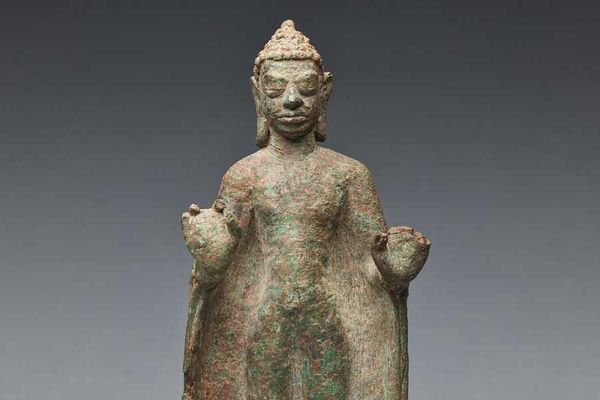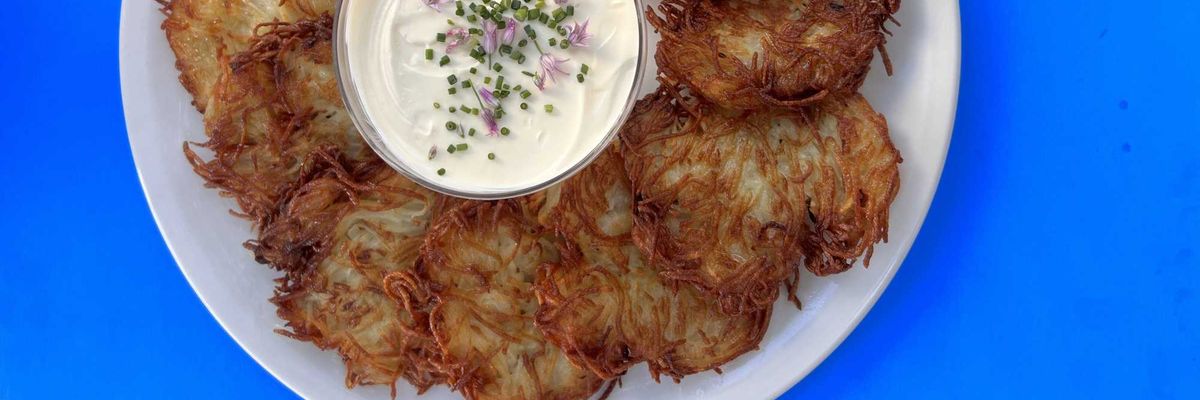Butchers are having their day, but what about the age-old profession of the fishmonger?
It’s not a secret that chefs aren’t the only rock stars in San Francisco’s food world.
A proper groupie will swoon over a butcher, a baker, a bartender, a barista. Even a pickler here has a fighting chance if the tattoos are right. Roll your eyes, but this fanaticism has encouraged a younger generation to re-embrace old-world trades.
The logic would follow then that the fishmonger’s 15 minutes of fame is long overdue. The job has all the right elements: hot-button sustainability issues, sharp knives for that element of danger, a uniform of knee-high rubber waders that would look great with skinny jeans. Imagine if you had all this on top of the knowledge of how to choose between fish caught by trawl, hook-and-line and longline—the authority you could command would be irresistible.
But finding a fishmonger to apprentice with is going to be a problem. Despite the fact that Pier 45 houses the largest concentration of commercial fish processors and distributors on the West Coast and the consumer base here is a savvy, demanding bunch, truly great independent fish markets are few and far between in this city.
A resurrection of this age-old profession might not be so simple. The fish business? It’s complicated. For one, even if fish are sustainable, the business side has slim margins. Paul Johnson, the owner of the lauded Monterey Fish Market in Berkeley, also owns a wholesale business situated on Pier 33. “We don’t make money at my fish market; 95 percent of our business is wholesale,” he says. Johnson points out the obvious: Fish is highly perishable. “You don’t make a dime until you sell the last part of the salmon. You sell 9 pounds and you’ve broken even. But the 10th pound has been around long enough that it’s not that good, so you have to make a decision to sell it or not.”
Bob Scialanga—a cohort of Johnson’s who has owned Mission Market Fish & Poultry since 1977—says that times have changed: “Eight years ago, if I sold a dollar in poultry, I sold two in fish. It started swinging five years ago. Now, it’s flipped. Wild stuff is a little more mystical for customers.”
Shopping for fish today is daunting. To pay for our past sins, efforts to renew fish populations have resulted in strict quotas and fishing regulations. Locally caught wild salmon hasn’t been available for three years. Last fall, fishermen were limited to a catch of a paltry 2,000 pounds of petrale sole a month. The price of fish has been pushed up to astonishing highs, making a flank steak seem like a much more practical option. It’s cheaper, and you don’t have to refer to a Monterey Bay Aquarium Seafood Watch card before you commit to dinner.
Farmed fish is the other alternative, but customers shy away from it due to its lingering bad reputation from a health and environmental perspective. “The younger generations is aware of the issues,” says Scialanga, whose customer base has changed over the years with the city’s economic landscape. Families have been replaced by 20-something singles who have discovered his business through Yelp. “Some people want local. Some people only want wild. Some people question some farmed fish but not others. They’re basing their knowledge on stories they heard eight years ago, so it’s tough. I think some of the salmon fisheries, such as Stolt Farms, are doing a better job. If we don’t have any more wild fish, farmed fish is going to be our only choice.”
Johnson also mentions that people here are world traveled and aren’t content with our nice lineup of environmentally friendly, local options—sand dabs, halibut, black cod, squid, sardines and Dungeness crab. They want the markets of Barcelona or Tokyo. Some complain that the East Coast has it better. “Well, I think that’s like saying that the Dodgers are better than the Yankees,” says Scialanga. Johnson points out that he sends local spot prawns and Dungeness crab to the New York market because he can get the most money for them there.
If anyone could make fishmongering the next big thing, it would be Ryan Farr, the man who has made the art of butchering hip. “But it would be tough,” Farr admits. “Still, if someone got creative with it, I bet it would catch on.”
After 33 years in the business, Scialanga sees retirement in a few years. His kids aren’t planning on taking over. Which means that there will be one less fish market in town. Any takers?




















